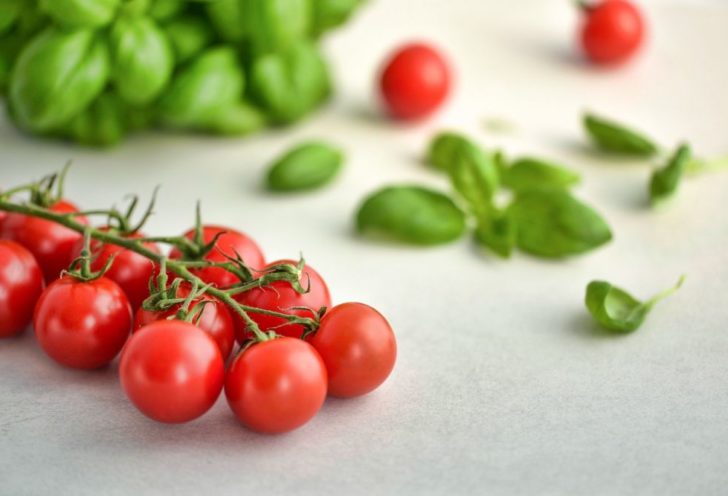Raw Food Diet: A Comprehensive Guide to the Popular Healthy Eating Trend

Introduction ()
The Raw Food Diet has gained significant popularity in recent years, attracting health enthusiasts and those seeking a natural and unprocessed approach to nutrition. This article aims to provide a thorough overview of the diet, including its definition, various types, popularity, and quantitative measurements. Additionally, it will discuss the differences between different Raw Food Diet variations and explore the historical advantages and disadvantages associated with this dietary approach.
Overview of Raw Food Diet (H2)

The Raw Food Diet is centered around the consumption of uncooked and unprocessed foods. Followers of this diet believe that heating foods above a certain temperature (typically around 118F/48C) destroys essential enzymes, nutrients, and phytochemicals present in raw foods. By consuming primarily raw foods, supporters aim to maximize nutritional intake and promote better health.
Types and Popularity of Raw Food Diet (H2)
There are several variations of the Raw Food Diet, each with its own unique approach. Some popular types include:
1. Raw Vegetarian Diet: This type primarily focuses on the consumption of uncooked fruits, vegetables, nuts, and seeds while excluding animal products.
2. Raw Vegan Diet: Similar to the Raw Vegetarian Diet, this variation excludes all animal products, including eggs and dairy.
3. Raw Omnivorous Diet: This diet allows the consumption of raw animal products, such as raw meat, fish, and dairy, in addition to raw fruits, vegetables, nuts, and seeds.
The Raw Food Diet has gained significant popularity in recent years, with many individuals being attracted to its potential health benefits and emphasis on whole, unprocessed foods. Social media platforms, health blogs, and celebrity endorsements have all contributed to its growing popularity.
Quantitative Measurements on Raw Food Diet (H2)
Research on the Raw Food Diet often focuses on the nutrient composition and overall health effects of this dietary approach. Quantitative measurements include nutrient analysis of raw food recipes, tracking nutrient deficiencies, and conducting studies to evaluate the impact of the diet on weight loss, blood pressure, and cholesterol levels.
For example, researchers have found that the Raw Food Diet tends to be lower in calories, saturated fat, and sodium compared to conventional Western diets. The diet is often high in dietary fiber, vitamins, minerals, and antioxidants. However, it may be deficient in certain nutrients such as vitamin B12, iron, and omega-3 fatty acids. [INSERT VIDEO HERE]
Discussion on Different Raw Food Diet Variations (H2)
The different variations of the Raw Food Diet can be attributed to personal preferences, health goals, and ethical beliefs. While all variations emphasize raw and unprocessed foods, their specific guidelines and restrictions can vary significantly. Some individuals may choose a raw vegetarian diet for environmental reasons, while others may opt for a raw omnivorous diet to meet their protein needs.
Historical Review of Advantages and Disadvantages of Raw Food Diet (H2)
Throughout history, proponents of the Raw Food Diet have claimed various advantages, while critics have highlighted potential drawbacks. Advantages of the Raw Food Diet include increased consumption of fruits and vegetables, potential weight loss, and improved digestion. Supporters also argue that the high nutrient content in raw foods may boost the immune system and reduce the risk of chronic diseases.
However, critics point out that the diet’s restrictions may lead to nutrient deficiencies and inadequate protein intake. Additionally, the potential risk of foodborne illnesses associated with consuming raw animal products cannot be ignored. It is essential for individuals following the Raw Food Diet to carefully plan their meals to ensure adequate nutrient intake and minimize potential risks.
Conclusion
In conclusion, the Raw Food Diet is a popular and highly debated dietary approach that emphasizes the consumption of raw and unprocessed foods. While it has its advantages, such as increased nutrient intake and potential weight loss, it also carries potential risks and challenges.





















